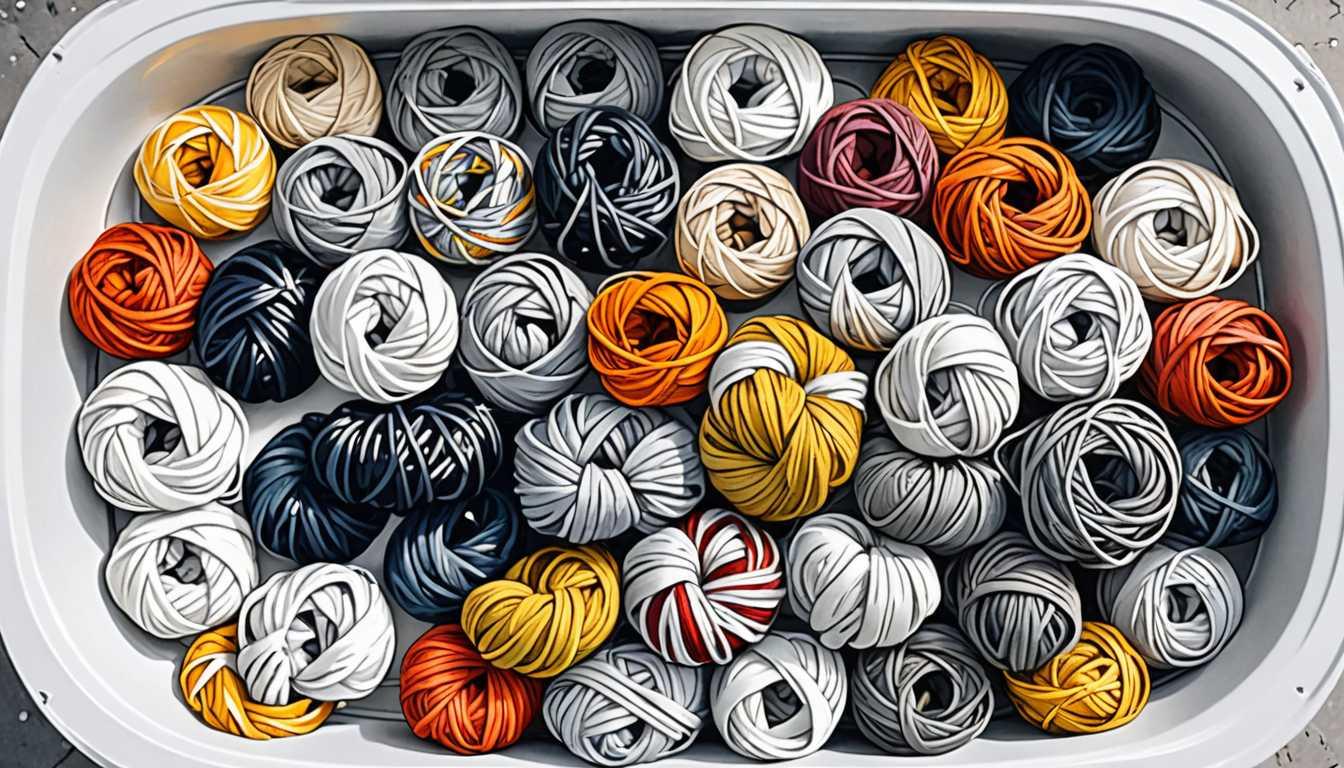Sisal Pads: Ending Period Poverty
November 2023
Stanford University
Introduction
Dive into the world of innovation with Stanford University's latest breakthrough: turning sisal plants into super-absorbent menstrual pads! This game-changing research not only promises to tackle period poverty head-on but also paves the way for sustainable, local manufacturing of menstrual products. Imagine a world where period care is not just accessible but eco-friendly too, thanks to the ingenuity of bioengineering whiz Manu Prakash and his team. Ready to see how plants are making periods easier? Leaf this way!
READ FULL ARTICLEWhy It Matters
Discover how this topic shapes your world and future
Greening Your Period - A Revolution in Menstrual Care
For many around the globe, managing menstruation is more than a personal hygiene concern; it's a significant barrier to education, employment, and overall quality of life. This challenge, known as period poverty, affects an estimated 500 million individuals. However, an innovative approach using plant-based materials for menstrual pads, like those derived from the sisal plant, is emerging as a beacon of hope. This method not only promises to make menstrual care products more accessible and affordable but also champions sustainability. As someone navigating the complexities of adolescence, understanding and contributing to solutions for such global issues can be empowering. It highlights the interconnectedness of our actions and their impacts on people and the planet. Plus, it's about turning the tide on period poverty - a cause that, directly or indirectly, resonates with everyone.
Speak like a Scholar
Period poverty
The inability to afford menstrual products, leading to missed opportunities in education and employment.
Sustainable
Methods or materials that can be maintained or continued without harming future generations.
Cellulose pulp
A plant-based material used in making paper and, in this case, the absorbent core of menstrual pads.
Lignin
A complex organic polymer found in the cell walls of plants, making them rigid and woody.
Microfibers
Very fine fibers, especially those used to make a soft, absorbent material.
Open-source
A model that promotes a universal access via free license to a product's design or blueprint, and universal redistribution of that design or blueprint.
Independent Research Ideas
Exploring the environmental impact of traditional vs. plant-based menstrual products
Investigate how the production, use, and disposal of traditional menstrual products compare to plant-based alternatives in terms of carbon footprint and ecosystem health.
Cultural attitudes and menstrual hygiene management
Study how cultural beliefs and practices around menstruation affect the adoption of sustainable menstrual products in different communities.
The economics of period poverty
Analyze the cost-effectiveness of producing plant-based menstrual pads in low-income regions and its potential impact on local economies.
Innovation in menstrual hygiene products
Research the process of creating sustainable menstrual products from various plant materials and assess their performance compared to commercial products.
Social entrepreneurship and menstrual care
Explore case studies of startups and NGOs that are working to solve period poverty through innovative, sustainable solutions. Discuss the challenges they face and the strategies they employ.
Related Articles

Fast-Track: Detecting Pathogens with Beads
August 2023
Massachusetts Institute of Technology (MIT)

Drones vs. Dengue: A Tech Solution
March 2024
MIT Technology Review

Tiny Enzymes, Huge Impact on Plastic Waste
June 2024
Cornell News Highlights

Silk Yarn: Nature’s Way to Clean Water
November 2024
Cornell News Highlights

Limpet Teeth: Nature's Strongest Marvel
October 2023
MIT Technology Review